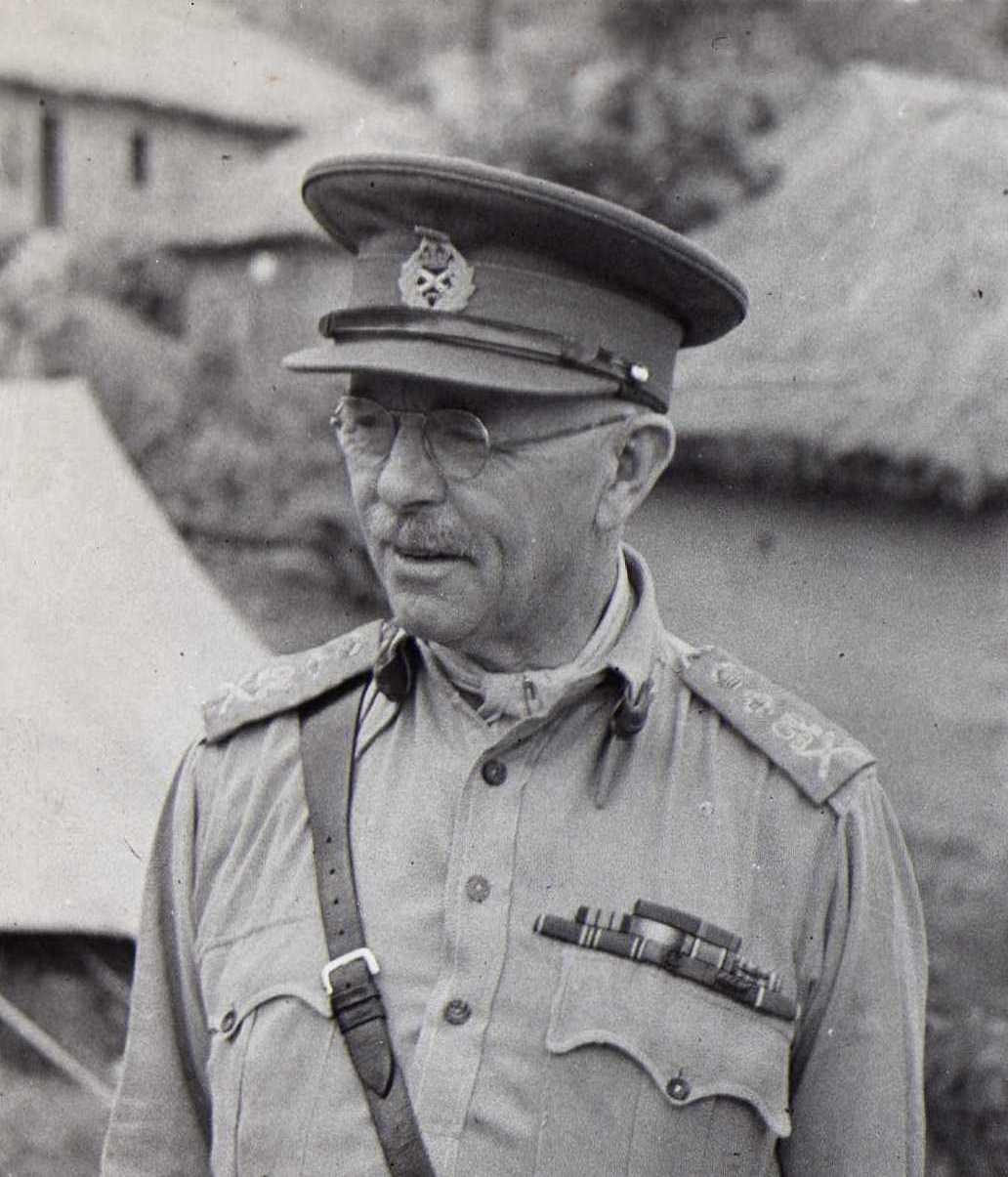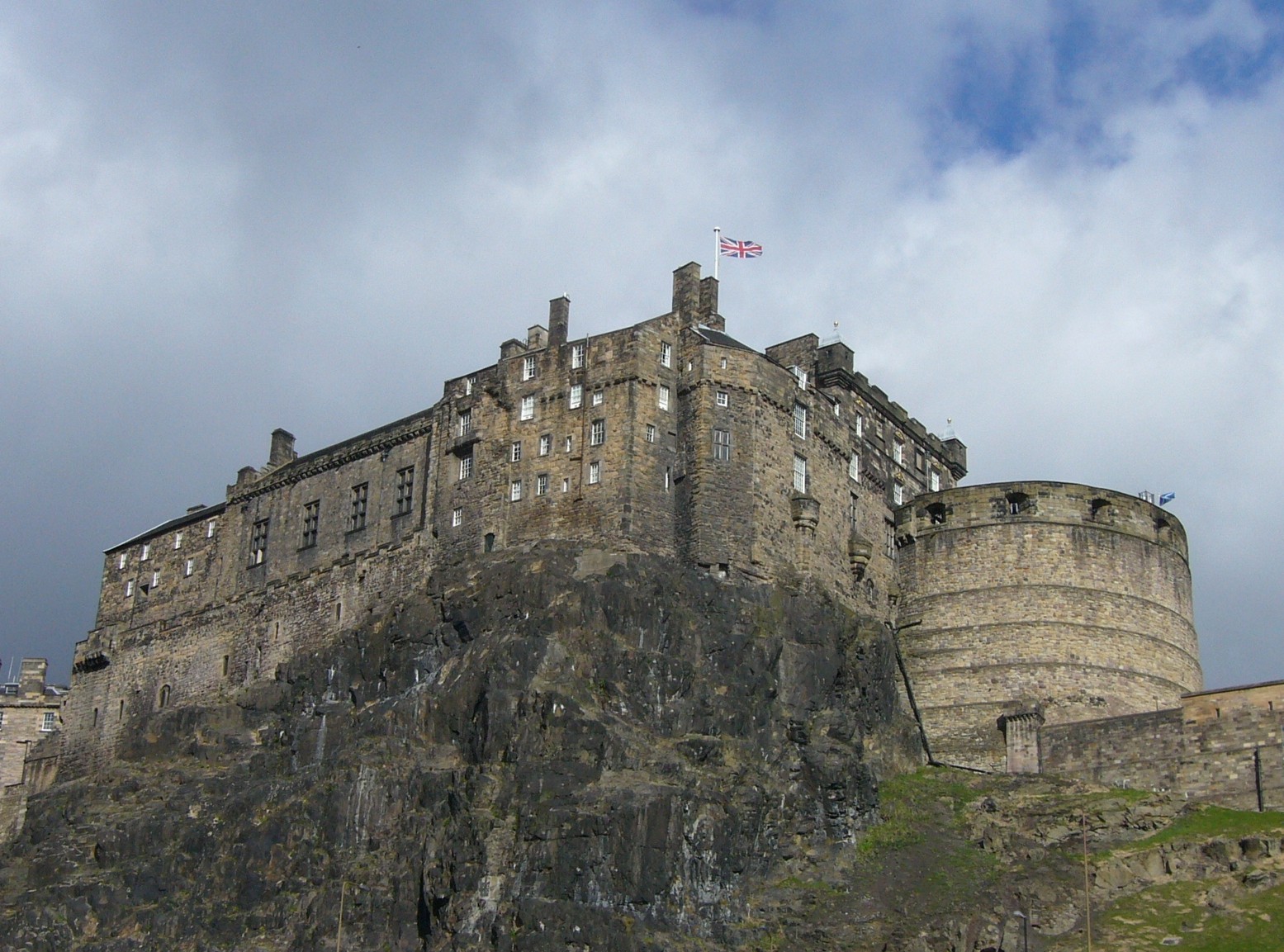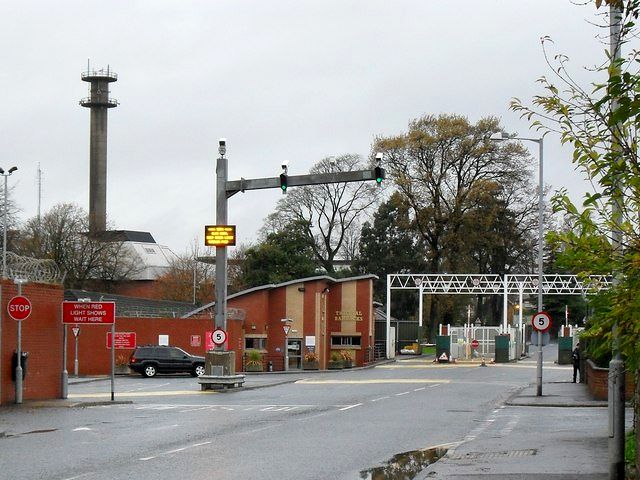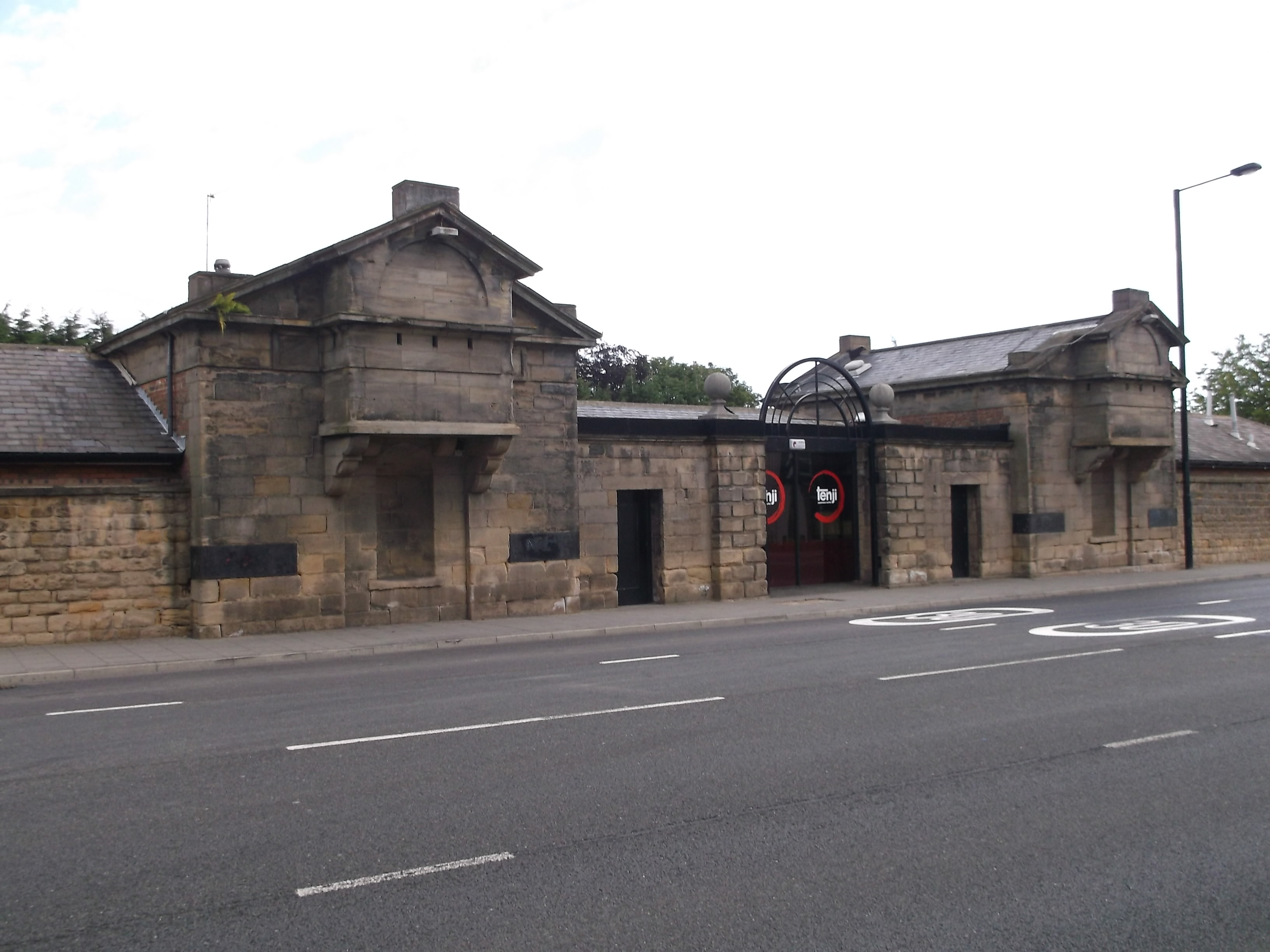|
List Of British Commands And Army Groups
This is a list of British Army commands and army groups. It is intended as a central point of access information about British formations of that size. * Aldershot Command (until 1941) *Anti-Aircraft Command *Army Headquarters (from 1 November 2011) (see Commander Land Forces) *Army Strategic Command (1968–1972) *British Army of the Rhine (1945–1994) * British Element Trieste Force (BETFOR) *British Expeditionary Force (World War I) *British Expeditionary Force (World War II) * British Forces in Austria (ex Eighth Army) *Cyrenaica Command (1940–1941) *East Africa Command (1941–1964) * Eastern Command *Far East Land Forces *Field Army (c.2015-present) * Home Command * British India Command *Land Command (1995–2008) *Land Forces (2008–2011) *Malaya Command *HQ Malta and Libya (until at least 1967) * Middle East Command (1939–1945) *Middle East Land Forces, (1945-1976) [...More Info...] [...Related Items...] OR: [Wikipedia] [Google] [Baidu] |
British Army
The British Army is the principal land warfare force of the United Kingdom, a part of the British Armed Forces along with the Royal Navy and the Royal Air Force. , the British Army comprises 79,380 regular full-time personnel, 4,090 Gurkhas, and 28,330 volunteer reserve personnel. The modern British Army traces back to 1707, with antecedents in the English Army and Scots Army that were created during the Restoration in 1660. The term ''British Army'' was adopted in 1707 after the Acts of Union between England and Scotland. Members of the British Army swear allegiance to the monarch as their commander-in-chief, but the Bill of Rights of 1689 and Claim of Right Act 1689 require parliamentary consent for the Crown to maintain a peacetime standing army. Therefore, Parliament approves the army by passing an Armed Forces Act at least once every five years. The army is administered by the Ministry of Defence and commanded by the Chief of the General Staff. The Brit ... [...More Info...] [...Related Items...] OR: [Wikipedia] [Google] [Baidu] |
India Command
Following the Kitchener Reforms of 1903 during the British Raj, the Commander-in-Chief, India, enjoyed control of the Army of India and answered to the civilian Viceroy of India. The Commander-in-Chief's staff was overseen by the Chief of the General Staff. General Headquarters India (GHQ India) was based in Calcutta and Simla (the winter capital of the Raj) until the seat of power moved to New Delhi in 1911. In addition to India, it was responsible at varying periods for parts of the Middle East (in particular Aden Settlement and, later, Aden Colony, as well as Iraq and Persia). For significant periods before the creation of South East Asia Command (SEAC) in 1943, the C-in-C India was also responsible for Ceylon and Burma. The Commander-in-Chief, India,Pakistan's higher defence organisation Defence Journal, Jan ... [...More Info...] [...Related Items...] OR: [Wikipedia] [Google] [Baidu] |
11th Army Group
The 11th Army Group was the main British Army force in Southeast Asia during the Second World War. Although a nominally British formation, it also included large numbers of troops and formations from the British Indian Army and from British African colonies, and also Nationalist Chinese and United States units. Formation 11th Army Group was activated in November 1943 to act as the land forces HQ for the newly formed South East Asia Command (SEAC), Admiral Lord Mountbatten, Supreme Commander of SEAC. The commander of 11th Army Group was General George Giffard, who had formerly been Commander-in-Chief West Africa Command and Commander of ''Eastern Army'' (part of GHQ India). The headquarters was first situated in New Delhi, eventually moving to Kandy, Ceylon. Its responsibilities were limited to the handling of operations against Japanese forces, while GHQ India was made responsible for the rear areas and the training of the British Indian Army, although there was often overlap bet ... [...More Info...] [...Related Items...] OR: [Wikipedia] [Google] [Baidu] |
Western Command (United Kingdom)
Western Command was a command of the British Army. History Western Command was established in 1905 and was originally called the Welsh & Midland Command before changing its name in 1906. In 1907 Western Command relocated to Watergate House, Chester, Watergate House in Chester. In 1938, after a brief stay in temporary accommodation at Boughton, Cheshire, Boughton, it moved to a new purpose-built Georgian architecture, neo-Georgian property known as Churchill House, Chester, Churchill House at Queen's Park in Chester. First World War Army Order No 324, issued on 21 August 1914, authorised the formation of a 'New Army' of six Divisions, manned by volunteers who had responded to Herbert Kitchener, 1st Earl Kitchener, Earl Kitchener's appeal (hence the First New Army was known as 'K1'). Each division was to be under the administration of one of the Home Commands, and Western Command formed what became the 13th (Western) Division. It was followed by 19th (Western) Division of K2 in Sep ... [...More Info...] [...Related Items...] OR: [Wikipedia] [Google] [Baidu] |
West Africa Command
West Africa Command was a Command of the British Army. Conflicting information indicates that the command was either based at Achimota College in Accra or in Nigeria. It was disbanded in 1956. History After the First World War, military forces in the four British West African colonies (Nigeria, the Gold Coast, Sierra Leone, and the Gambia) were under the control of the individual colonial governments. "The regiments of the four colonies were all under the umbrella of the Royal West African Frontier Force. An Inspector General of African Colonial Forces was appointed to oversee their training and act as military adviser to the colonial governments. H.Q. Military Forces West Africa was formed on the 7 July 1940 with the arrival of Lieutenant General George Giffard and one staff officer. The headquarters were established on the 15 July near Accra. His task was the defence of all West African territories and coordination of all Military resources in these colonies." Additionally the ... [...More Info...] [...Related Items...] OR: [Wikipedia] [Google] [Baidu] |
British Forces Germany
British Forces Germany (''BFG'') was the generic name for the three services of the British Armed Forces, made up of service personnel, UK Civil Servants, and dependents (family members), based in Germany. It was established following the Second World War, the largest parts of it becoming known as the British Army of the Rhine (BAOR) and RAF Germany (RAFG). It was the largest concentration of British armed forces permanently stationed outside the United Kingdom. With the end of the Cold War, and the Options for Change defence review in the early 1990s, BFG as a whole was considerably reduced, with the British presence centred on the 1st Armoured Division, and supporting elements. Following the 2010 Strategic Defence and Security Review, the permanent deployment in Germany ended in 2020. This was after British forces personnel were scaled down over several years, with 19,100 in April 2010, and 2,850 in April 2019. However, around 185 British Army personnel and 60 Ministry of ... [...More Info...] [...Related Items...] OR: [Wikipedia] [Google] [Baidu] |
Southern Command (United Kingdom)
Southern Command was a Command of the British Army. Nineteenth century Great Britain was divided into military districts on the outbreak of war with France in 1793. By the 1830s the command included the counties of Kent and Sussex (the original Southern District during the Napoleonic Wars) as well as Bedfordshire, Northamptonshire, Oxfordshire and Buckinghamshire (the original South Inland District) and Hampshire, Wiltshire and Dorset (the original South-West District) and Gloucestershire, Worcestershire and Herefordshire (the original Severn District). The role of South-West District Commander, which was doubled hatted with that of Lieutenant-Governor of Portsmouth, was originally based at Government House in Grand Parade in Portsmouth. This building became very dilapidated and a new Government House was established in the High Street in Portsmouth in 1826. In January 1876 a ‘Mobilization Scheme for the forces in Great Britain and Ireland’ was published, with the ‘Act ... [...More Info...] [...Related Items...] OR: [Wikipedia] [Google] [Baidu] |
South Eastern Command (United Kingdom)
South is one of the cardinal directions or compass points. The direction is the opposite of north and is perpendicular to both east and west. Etymology The word ''south'' comes from Old English ''sūþ'', from earlier Proto-Germanic ''*sunþaz'' ("south"), possibly related to the same Proto-Indo-European root that the word ''sun'' derived from. Some languages describe south in the same way, from the fact that it is the direction of the sun at noon (in the Northern Hemisphere), like Latin meridies 'noon, south' (from medius 'middle' + dies 'day', cf English meridional), while others describe south as the right-hand side of the rising sun, like Biblical Hebrew תֵּימָן teiman 'south' from יָמִין yamin 'right', Aramaic תַּימנַא taymna from יָמִין yamin 'right' and Syriac ܬܰܝܡܢܳܐ taymna from ܝܰܡܝܺܢܳܐ yamina (hence the name of Yemen, the land to the south/right of the Levant). Navigation By convention, the ''bottom or down-facing side'' of a ... [...More Info...] [...Related Items...] OR: [Wikipedia] [Google] [Baidu] |
Scottish Command
Scottish Command or Army Headquarters Scotland (from 1972) is a command of the British Army. History Early history Great Britain was divided into military districts on the outbreak of war with France in 1793. The Scottish District was commanded by the Commander-in-Chief, Scotland. In January 1876 a ‘Mobilization Scheme for the forces in Great Britain and Ireland’ was published, with the ‘Active Army’ divided into eight army corps based on the District Commands. 8th Corps was to be formed within Scottish Command, based at Edinburgh. This scheme disappeared in 1881, when the districts were retitled ‘District Commands. Early twentieth century The 1901 Army Estimates introduced by St John Brodrick allowed for six army corps based on six regional commands. As outlined in a paper published in 1903, VI Corps was to be formed in a reconstituted Scottish Command, with HQ at Edinburgh. Lieutenant General Sir Charles Tucker was appointed acting General Officer Commanding-i ... [...More Info...] [...Related Items...] OR: [Wikipedia] [Google] [Baidu] |
Persia And Iraq Command
The Persia and Iraq Command was a command of the British Army established during the Second World War in September 1942 in Baghdad. Its primary role was to secure from land and air attack the oilfields and oil installations in Persia (officially Iran) and Iraq. Its further role was to ensure the transport of supplies from Persian Gulf ports through Iraq and Persia to the Soviet Union. Background During the rebellion in Iraq the command of land forces in the country was passed from GHQ India to Middle East Command, as the latter was the only formation that could send effective support for operations in northern Iraq and also because air operations were controlled by the Air Officer Commanding-in-Chief (AOC-in-C), Middle East.Playfair, p. 128 In June 1941 following the conclusion of fighting in Iraq command was passed back to the Commander-in-Chief, India (C-in-C, India). The British Chiefs of Staff wished to return control of land forces in Iraq back to Middle East Command but d ... [...More Info...] [...Related Items...] OR: [Wikipedia] [Google] [Baidu] |
HQ Northern Ireland
HQ Northern Ireland was the formation responsible for the British Army in and around Northern Ireland. It was established in 1922 and disbanded, replaced by a brigade-level Army Reserve formation, 38 (Irish) Brigade, in 2009. History Ireland was partitioned in mid-1921. On 7 December 1922, the day after the establishment of the Irish Free State, the Parliament of Northern Ireland resolved to address King George V to opt out of the Irish Free State. The same year (1922), the first General Officer Commanding, Northern Ireland District was appointed, Major General Sir Archibald Cameron. His headquarters was established at Victoria Barracks, Belfast; he served until 1925. During the Second World War the role of the District was enhanced from internal security to that of combatting any threat of invasion from the Republic of Ireland. In June 1940, VI Corps was formed to control the British forces based in Northern Ireland. The following month, it was transformed into HQ British Tro ... [...More Info...] [...Related Items...] OR: [Wikipedia] [Google] [Baidu] |
Northern Command (United Kingdom)
Northern Command was a Home Command of the British Army from 1793-1889 and 1905–1972. Nineteenth century Great Britain was divided into military districts on the outbreak of war with France in 1793. The formation in the North, which included Northumberland, Cumberland, Westmorland and Durham, was originally based at Fenham Barracks in Newcastle upon Tyne until other districts were merged in after the Napoleonic Wars. In 1840 Northern Command was held by Major-General Sir Charles James Napier, appointed in 1838. During his time the troops stationed within Northern Command were frequently deployed in support of the civil authorities during the Chartist unrest in the northern industrial cities. Napier was succeeded in 1841 by Major-General Sir William Gomm, when the command included the counties of Northumberland, Cumberland, Westmorland, Durham, Yorkshire, Cheshire, Derbyshire, Lancashire, Nottinghamshire, Flintshire, Denbighshire and the Isle of Man, with HQ at Manchest ... [...More Info...] [...Related Items...] OR: [Wikipedia] [Google] [Baidu] |





